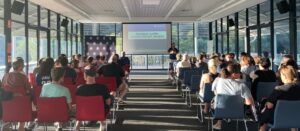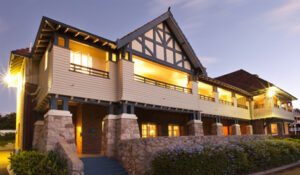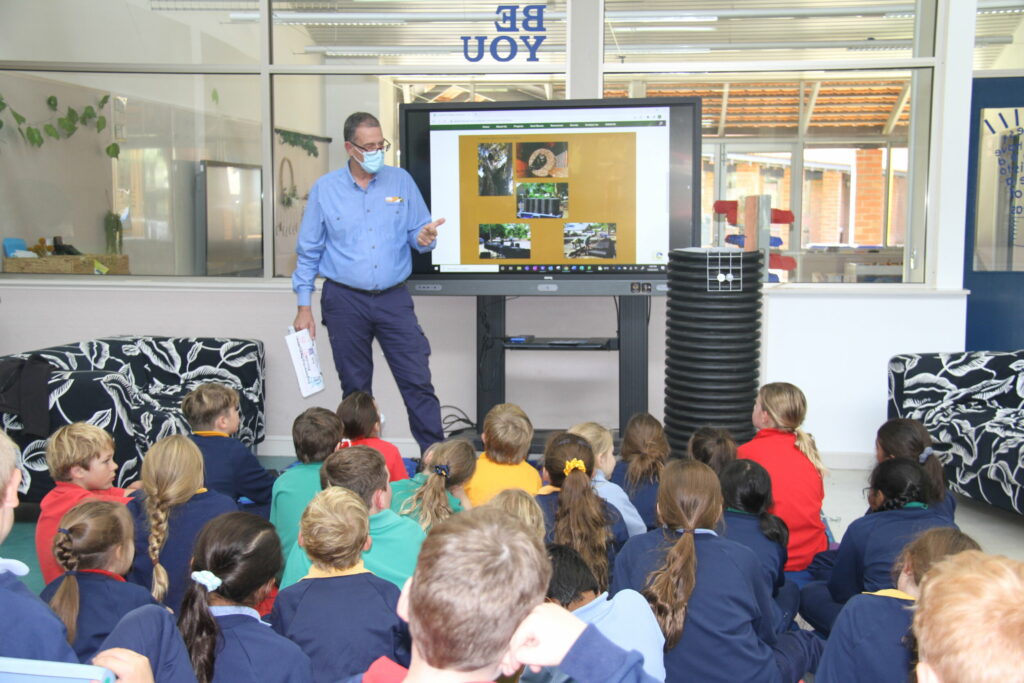Year 3 students discovered the power of persuasion, by combining their Design and Technology Bird Habitat project with their Literacy curriculum.
Following their study of bird habitats as part of Design and Technology, Mr Kavanagh then linked this project with the Year 3 literacy curriculum. All the students in 3K wrote a letter to the Head of School, Mr Matthew O’Brien, to persuade him to consider implementing artificial nesting boxes for the Black Cockatoo in and around the School’s bush setting.
The students were very persuasive with their argument, and Mr O’Brien reached out to Landcare SJ, who have developed the Cockatube nesting box, which is designed specifically for the four species of Black Cockatoo found in Western Australia.
Their emotive arguments, which included that “it is better seeing nature and things in the wild than in a picture because it has disappeared” and the reminder that “they are interesting, cool, amazing birds. And we won’t be amazed ever again,” persuaded the Head of School to look at what our School could do to help the survival of these beautiful birds.
“It has shown the students that actions can make a difference. I want them to understand that they can be changemakers and if they see something that needs doing, they have the power to make change happen,” Mr O’Brien, the Head of School said.
Mr Francis Smit, Executive Officer from LandcareSJ presented the Cockatube to the students on Friday. He provided with them lots of interesting facts about how the tubes were made and the research that they do.
“The cockatoos are birds that have three habitats,” he told the students. “One for feeding, one for roosting and one for breeding, so we need to make sure we put the Cockatubes near the breeding areas.”
Since 2004, LandcareSJ have sold over 2,000 Cockatubes, including to New South Wales, Kangaroo Island in South Australia and Far North Queensland. The students asked Mr Smit plenty of interesting questions.
How can you tell if a cockatoo is male or female? For the Carnaby Black Cockatoo the adult male has pink eye rings. For the Red Tailed Cockatoo the male has a solid red stripe in his tail, while the female tail is stripped.
How do you get the Cockatube in the tree? We climb the tree and find a good branch, and then use a pulley system to get the Cockatube up. We use two bolts to attach the top chains to the branch and then attach the bottom chains to the trunk.
How will we know if the Cockatube is being used? We have a wooden post in the tube, which is now squared off. Once the cockatoos start to use the hollow, you will see the wooden post become rounded, as they eat it.






